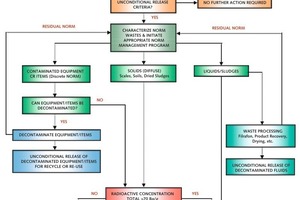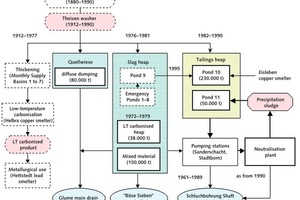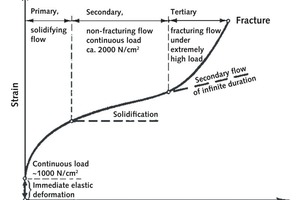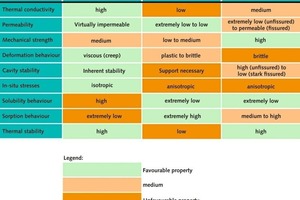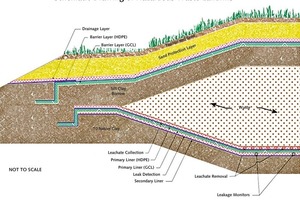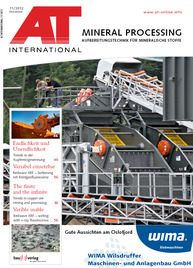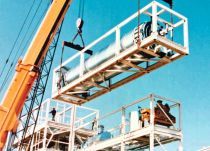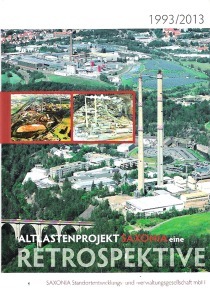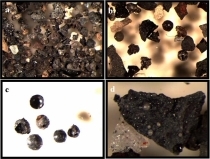NORM / TENORM
The treatment and disposal of natural radioactive waste from the oil and natural gas industry – potentials and limitations, part 2Summary: As a result of in some cases unclear waste-law classification, the majority of industrial countries suffer from a deficit in suitable preparation technologies and technically acceptable disposal methods for natural radioactive waste yielded in the oil and natural gas industries (NORM/TENORM). In AT INTERNATIONAL 9/2012 (pp. 58–71) the author presented an overview of general practice in the industrial states of North America as compared to Germany, the United Kingdom and, to some extent, Australia, as well as the current status of treatment processes and technologies for waste from the oil and natural gas industry, and also their potential and/or already tested application to NORM/TENORM. The technically acceptable disposal methods are in the focus of the following second part of the article.
1 Stabilisation/solidification and landfill dumping of NORM/TENORM waste
Ex-situ stabilisation, solidification and encapsulation procedures pursue the aim of producing a stable, landfill-disposable product with the lowest possible level of leaching. There are at present no standardised legal provisions applicable throughout the Federal Republic of Germany, either for non-hazardous or hazardous (chemotoxic) waste. A corresponding directive [1] has up to now been instituted only in Saxony-Anhalt. Here, the terms “solidification” and “stabilisation” are used....

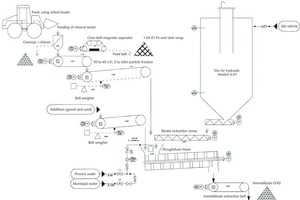
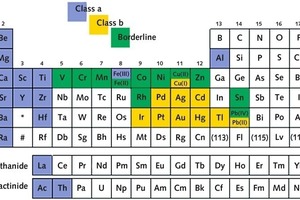

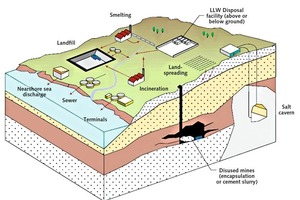
![16 Beispiel einer doppelt abgedichteten Deponie für gefährliche Abfälle • Example of a double liner system for a hazardous waste landfill [26]](https://www.at-minerals.com/imgs/tok_06a49f9c7e5cbb2dbd29c99e0d34e94d/w300_h200_x400_y300_101301028_5d0458bd94.jpg)
